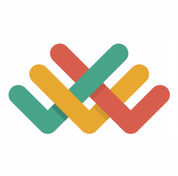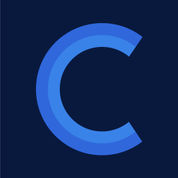Oracle HCM Cloud is a HR Software. Oracle HCM Cloud offers Training Management, Time Off Management, Recruiting Management, Performance Appraisal, Payroll Management and many more functionalities.
Some top alternatives to Oracle HCM Cloud includes GoCo, Lattice, Remote.com, Paychex Flex and Ceridian Dayforce.
Yes, Oracle HCM Cloud provides API.
Yes, Oracle HCM Cloud provides a mobile app.
Oracle HCM Cloud is located in Redwood Shores, California
Oracle HCM Cloud offers Quotation Based pricing model
The starting price is not disclosed by Oracle HCM Cloud. You can visit Oracle HCM Cloud pricing page to get the latest pricing.


























